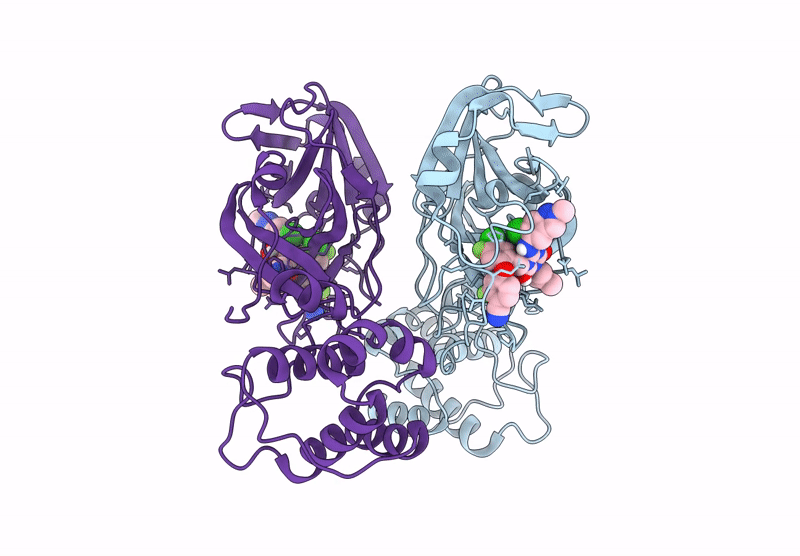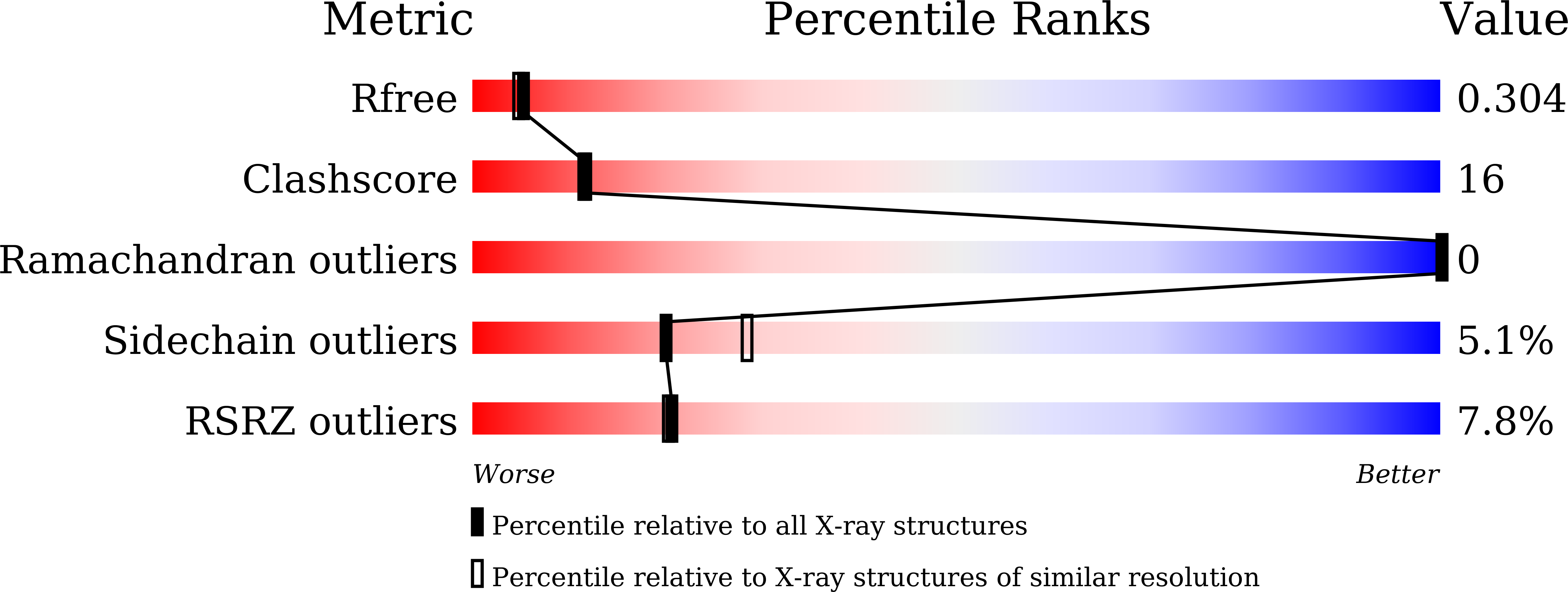
Deposition Date
2024-11-29
Release Date
2025-04-02
Last Version Date
2025-04-02
Entry Detail
PDB ID:
9KSK
Keywords:
Title:
Crystal structure of SARS-CoV-2 main protease in complex with compound 10
Biological Source:
Source Organism:
Host Organism:
Method Details:
Experimental Method:
Resolution:
2.45 Å
R-Value Free:
0.30
R-Value Work:
0.25
R-Value Observed:
0.25
Space Group:
P 1 21 1


